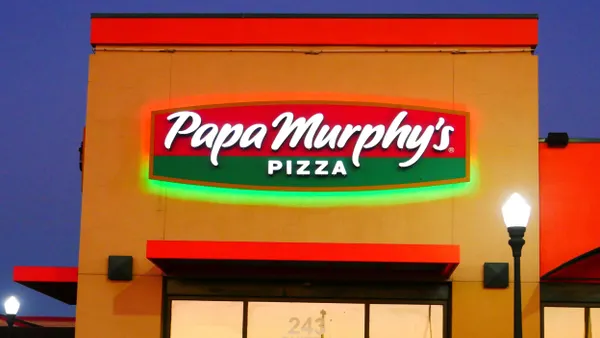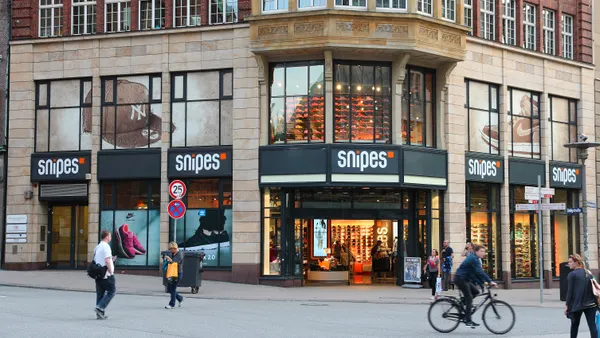Dive Brief:
- Customer loyalty to brands fell globally in 2025 across multiple measures, according to a SAP Emarsys survey of over 10,000 respondents released Monday.
- True loyalty, which SAP Emarsys describes as “unwavering, unshakeable” and “the holy grail of loyalty,” dropped 5 percentage points from last year to 29% of respondents in 2025.
- Consumers, too, noted their diminished loyalty: 68% of global consumers describe themselves as loyal to certain brands, a decline of 1 percentage point from the year prior.
Dive Insight:
Multiple pressures contributed to the decline in loyalty, from economic uncertainty and inflation, to supply chain issues and social media trends.
“With rising inflation and new shopping channels emerging, repeat purchases are no longer enough,” Balaji Balasubramanian, president of SAP CX, said in an email. “Loyalty must be earned through meaningful, connected experiences.”
Economic challenges are making it harder for organizations to sustain loyalty. More than one-quarter of U.S. consumers said they can “no longer afford to be loyal” due to tariff-caused price hikes. Two-thirds of respondents said they have switched from a brand they were once loyal to because of cost.
Such findings echoes other research. A Wunderkind survey from August found that higher prices are consumers No. 1 concern, and McKinsey’s ConsumerWise research from September found that inflation and rising prices are leading consumer concerns.
SAP Emarsys’ findings show “that tariffs, inflation, and resulting price hikes have made loyalty harder to maintain, as consumers now prioritize cost above all else,” Balasubramanian said.
Loyalty is no longer just about brand familiarity, with nearly two-thirds of consumers ignoring brand names when buying consumer products.
Discounts and points won’t win customers over either, Balasubramanian said. Instead, companies need to provide clear, personalized value. That begins with leveraging data to understand their customers and to differentiate the ones who are cost-conscious, quality-conscious or socio-community conscious.
From there, brands can “serve up products, experiences and offerings that resonate with them uniquely,” he said. “And when they feel understood and valued, they reward brands with repeat business, advocacy, and long-term growth.”













